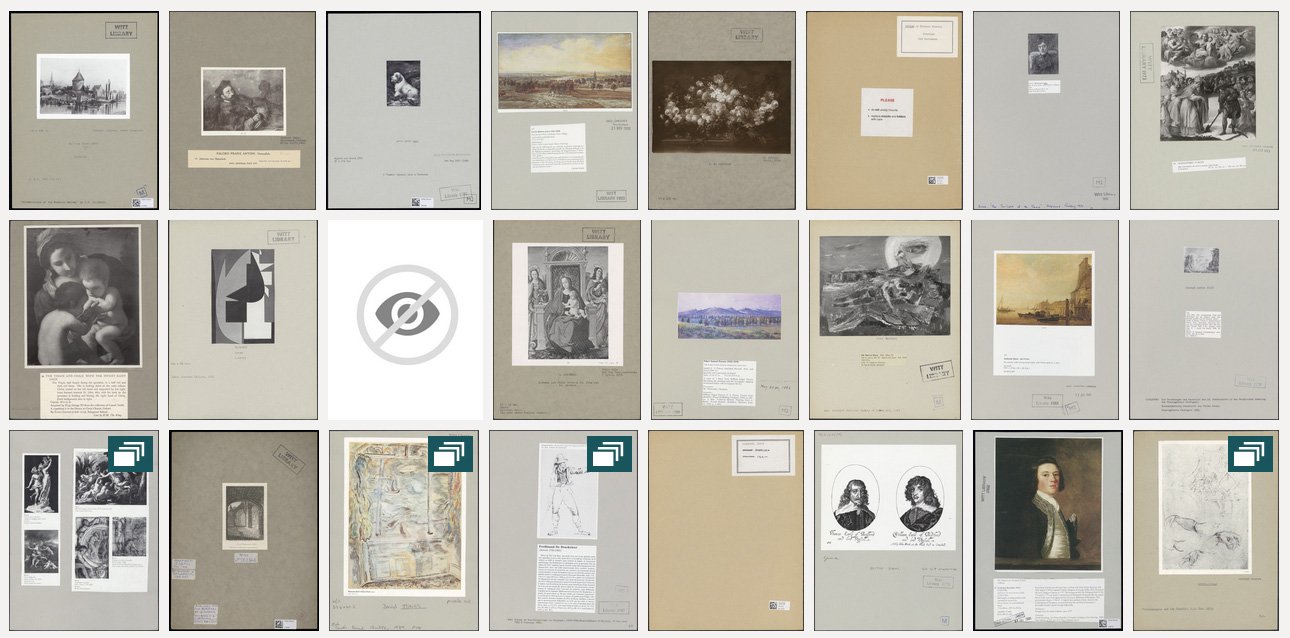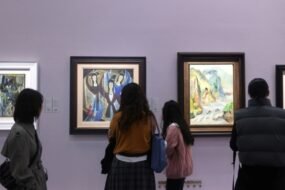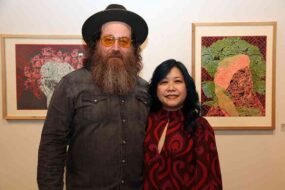
A huge archive of over two million images of Western art spanning eight centuries has been digitised and published online for the public to explore for free.


The Witt Photographic Collection is an immense collection of photographs, reproductions, and cuttings of Western Art from the 13th century to the present day. It is one of the largest museum photographic collections of its type in the world.
Founded in the 1890s by art historian Sir Robert Witt, one of the co-founders of The Courtauld, the collection began during his undergraduate years at Oxford while specialising in the Italian Renaissance. The collection expanded significantly in 1899 following his marriage to Mary, a fellow collector of photographs of Western art. The collection was acquired by The Courtauld in 1944 through a deed of gift.
It had spent most of its life in archive boxes at Somerset House in central London, but a private benefactor funded a digitisation project to make the collection available to everyone. The entire collection was relocated from Somerset House to the Netherlands in late 2023, with Picturae BV contracted to complete the digitisation project.
The Courtauld Institute of Art has now made the entire collection available for free online, and the bulk of the collection is also out of copyright, so free to use under a non-commercial Creative Commons license.
The Witt’s primary medium is printed images mounted on paper mounts. The primary sources are saleroom catalogues, some books, newspapers, periodicals, with some original photos and some original prints.
For the specific copyright details, go here.
To search the collection, go here.
Tom Bilson, Head of Digital Media at The Courtauld and Director of the digitisation project, said: “The Witt has consistently been a pioneer in digital projects within the humanities. The vision to make this rich resource available online has never wavered. It serves not just the art history and trade communities, but also supports research in areas such as topography, costume, genealogy, and natural history. Having published the collection in browsable form, following national schools, artist names, box titles, and folder titles, our next steps will be to transcribe information on the images themselves and add keywords, enabling the Witt to be searched by titles, subject matter and concepts.”









